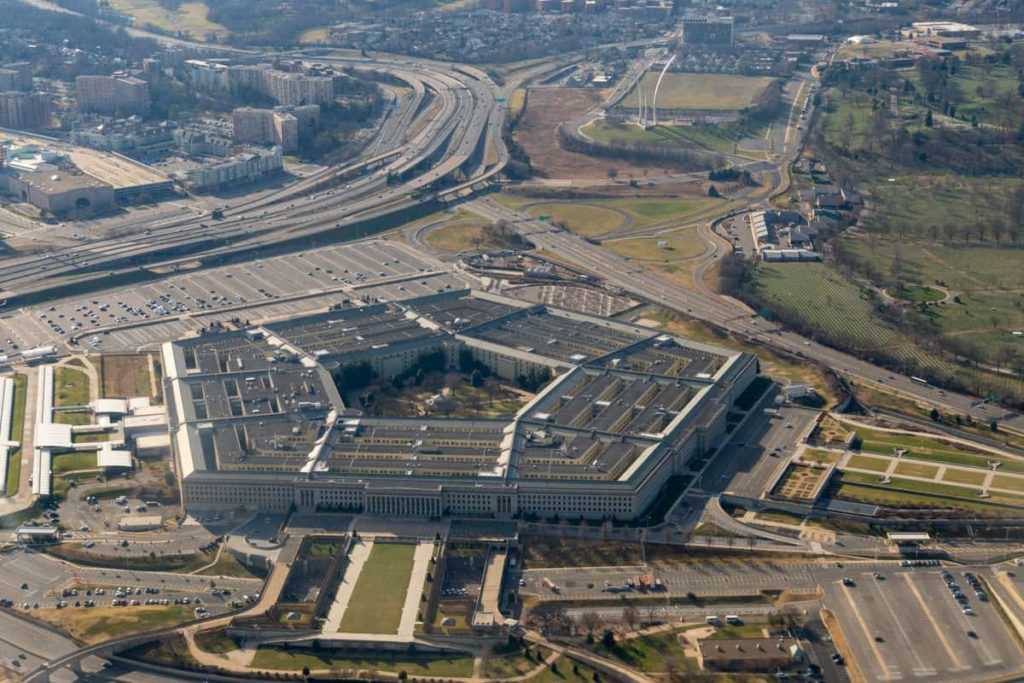NGAD: can the air force afford a $300,000,000 fighter jet?
Originally published by The National Interest https://nationalinterest.org/blog/buzz/ngad-can-air-force-afford-300000000-fighter-jet-213681

What You Need to Know: The U.S. Air Force’s sixth-generation NGAD fighter program has been paused due to its high unit cost of $300 million and concerns about outdated design requirements.
-Air Force Secretary Frank Kendall emphasized re-evaluating NGAD’s concept amid evolving threats and budgetary constraints, particularly with the emergence of Collaborative Combat Aircraft (CCA) drones.
-CCAs are expected to reduce costs while enhancing mission flexibility. Meanwhile, the Air Force is slowing down the F-22 Raptor’s retirement to avoid capability gaps.
-With China advancing its own next-gen stealth bomber, the need for advanced U.S. air superiority technology remains urgent in the face of rising tensions.
Can the U.S. Afford a $300M Fighter? NGAD Faces Major Hurdles
The U.S. Air Force’s sixth-generation fighter program has taken a pause. While this “family of systems” is designed to maintain air superiority against rising threats, budgetary constraints have impeded its eventual entry into service. The unit price for the Next-Generation Air Dominance (NGAD) program is estimated at $300 million.
This exorbitant cost, notably three times higher than the infamous F-35 Joint Strike Fighter, may serve as the new fighter’s death sentence. Air Force Secretary Frank Kendall explained that the program was paused this summer so that the service could take, “a very hard look at whether (the USAF) has got the right design concept or not.”
What’s holding NGAD back?
When NGAD was first conceptualized over a decade ago, its planned capabilities were unmatched. However, now that the next-generation program is already several years old, its initial design requirements may be outdated. Specifically, Kendall noted that due to “threat changes; because of financial constraints; because of the development of technology, including the introduction of autonomous Collaborative Combat Aircraft (CCAs),” he said, it would be imprudent to commit to a single design before reconsidering all available options.”
Derived from DARPA’s Air Dominance study, the NGAD fighter will feature a variety of advanced technologies, with a particular focus on stealth, propulsion, and sophisticated weapons. Perhaps the most significant component of the next-gen program will be the incorporation of highly autonomous unmanned aerial vehicles (UAVs) dubbed collaborative combat aircraft. These CCAs will be designed to carry out surveillance, test enemy air defenses, and extend command and control under human direction while serving in their “loyal wingmen” capacity.
Is the NGAD still worth it despite the price?
Theoretically, the inclusion of these CCAs will bring the overall budget of NGAD down significantly. These small, relatively easy-to-construct, and cheaper drones could even be intentionally sacrificed amidst a kinetic conflict, according to Kendall. Even considering the cost-friendly nature of the CCAs, the $300 million price tag associated with the overall program remains an obstacle to overcome for the Air Force.
While the NGAD’s introduction is up in the air, the Air Force no longer appears to be fast-tracking the retirement of its remaining F-22 Raptor fleet. As the world’s first-ever fifth-generation to take to the skies, the Raptor still features capabilities unmatched by newer platforms like the F-35 Joint Strike Fighter. To prevent a cap in capability, the F-22 should not be relegated to retirement completely until its replacement is secured.
The U.S. isn’t the only nation working to introduce next-generation technology. China is working to rapidly develop its own sixth-gen H-20 stealth bomber. Rising tensions between Beijing and Washington could culminate in an all-out war shortly. If such a conflict unfolds, the U.S. will need all the sixth-generation technology possible.
Maya Carlin, National Security Writer with The National Interest, is an analyst with the Center for Security Policy and a former Anna Sobol Levy Fellow at IDC Herzliya in Israel. She has by-lines in many publications, including The National Interest, Jerusalem Post, and Times of Israel. You can follow her on Twitter: @MayaCarlin. Carlin has over 1,000 articles published over the last several years on various defense issues.
- US Stands Up New Drone Strike Force in the Middle East - December 9, 2025
- Has Russia Finally Sold its Su-35s to Iran? - December 2, 2025
- Iran’s Growing Missile Arsenal Is a Challenge for Israel - November 18, 2025
